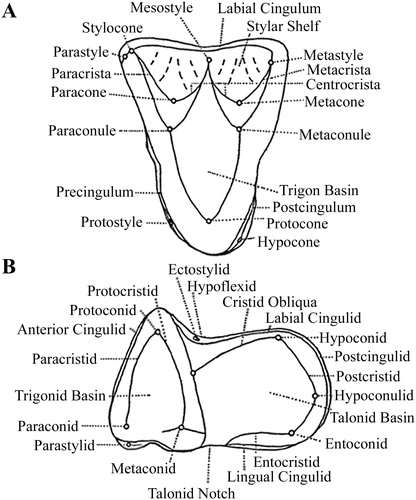Three new species of ancient mammals have been discovered by archaeologists in a large desert area in the state of Wyoming (United States)
He is about to end up run over, his mother saves himThree new species of ancient mammals have been discovered by archaeologists in a large desert area in the state of Wyoming (United States). Carbon analysis suggests that these creatures evolved rapidly after the extinction of the dinosaurs about 66 million years ago.
The prehistoric mammals discovered in the Wyoming desert would have populated North America a few thousand years after the extinction of the dinosaurs from our planet. This is what emerges from the analysis of the bone finds found by a team of American archaeologists. Paleontologists used the jaws and teeth of these ancient mammals to find out more about their life and eating habits. They found out that it was condilartri - the ancestors of modern hoofed animals such as horses, cows and elephants. The oldest known mammals that lived at the same time as dinosaurs and survived their extinction were very small in size - similar to mice. The discovery of these days instead revealed the presence of larger animals.
The largest of these, nicknamed Beornus honeyi, was probably the size of a domestic cat, and part of its name derives from Beorn, the protagonist of Tolkien's novel "The Hobbit": in fact, just like Beorn (also called mutant for the its ability to assume the form of a bear) this animal also had oversized molars. The other two species discovered are Miniconus jeanninae, similar in size to a small raccoon, and Conacodon hettingeri, intermediate in size between the other two.
The particular characteristics of the teeth of these animals suggest that they led an omnivorous diet: such large and developed teeth would have helped the animals to chew both meat and plants (it is possible, however, that they were also only herbivores).

@ Journal of Systematic Palaeontology
The fossils were collected during a ten-year excavation campaign (2001-2011) by paleontologists James and Jeannine Honey and Malcolm McKenna inside the Great Divide Basin, in the Red Desert of Wyoming. The fossids of about 420 prehistoric mammals have been collected in the area; in addition to those identified and classified, experts hypothesize that there are numerous new species to be identified in this area so rich from an archaeological point of view.
Fossils such as those found in Wyoming support the thesis that there was greater diversity of species among mammals after the extinction of the dinosaurs than had been previously imagined, and that some of these animals were more advanced from an evolutionary point of view than fossils. found in other areas of the planet. The question now is why such diversity developed in this area already in the early mammals of the Puercan Era.
Follow us on Telegram | Instagram | Facebook | TikTok | Youtube
Fonte: Journal of Systematic Palaeontology
We also recommend:
- The origin of the asteroid that ended the life of dinosaurs on Earth revealed
- Discovered fish over 100 years old, survived the dinosaurs
- The Pompeii of the Jurassic period returns thousands of fossils of starfish and other marine animals


























